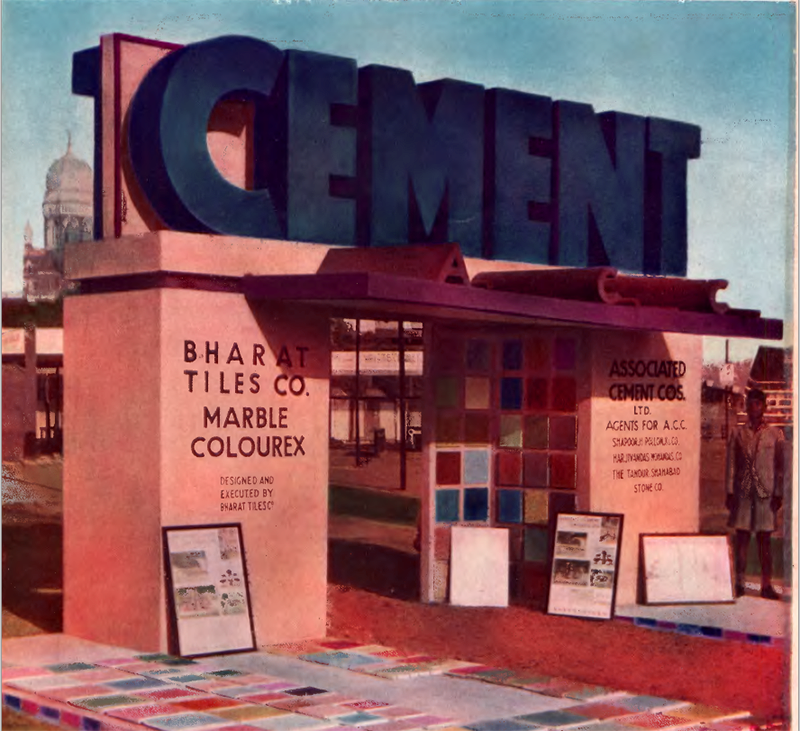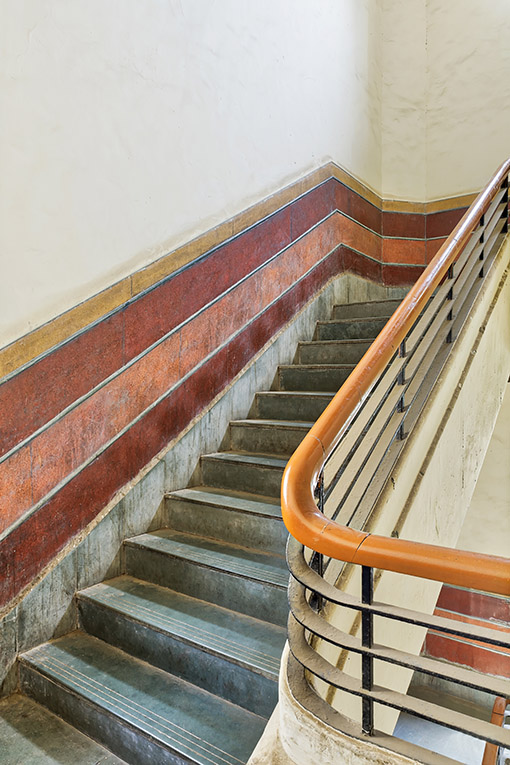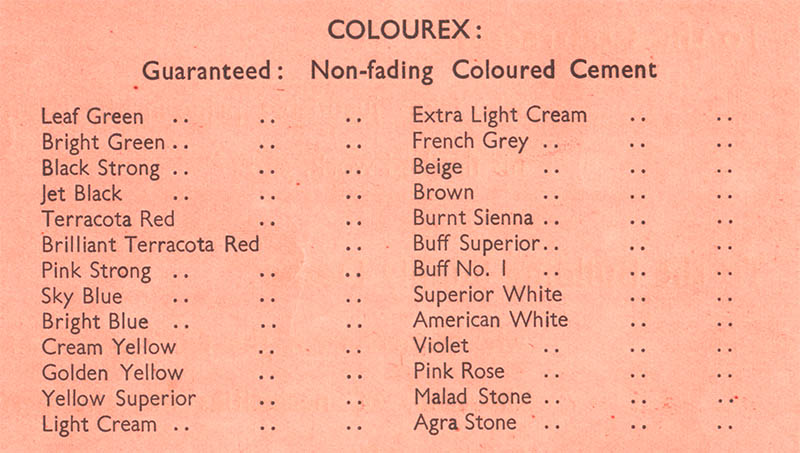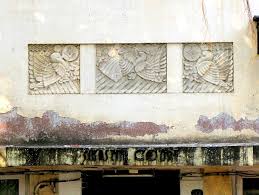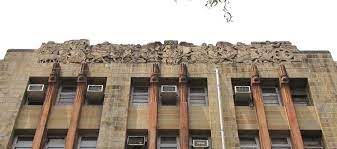100 Years
100 Stories

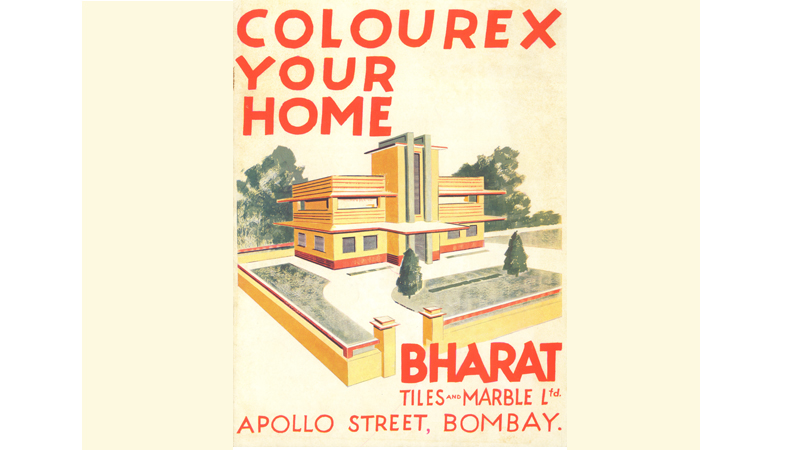
On 8th June 1938, Bharat announced a record breaking 35,000 sq feet of Colourex work in Bombay’s swankiest new cinema - Metro on Dhobi Talao. Bharat took great pride in obtaining this project after comparative tests and keen competition. Here’s a look into Colourex - Bharat’s signature colored cement…
Bharat which always kept itself abreast of the latest design and technological developments, developed its own line of coloured cement. “Colourex”, as Bharat’s new baby was called, was positioned in such a way as to appeal to every stakeholder in the building process. Colourex was at par with the best. It was manufactured using the best and most carefully selected raw materials from Europe and America. Its quality was guaranteed by the American Society for Testing Materials. It was essentially Portland cement of the finest quality. Except that where Portland cement could be gray and dull sometimes, Colourex was available in a wide variety of shades.
Colourex could be supplied in any shade: one only had to share a sample of the shade and voila! Bharat would reproduce it. Standard colours included neutrals, pastels, classics such as Terracotta red and bright blues and yellows. Bafflingly, Bharat had also developed a range that could create the illusion of stone - Malad Stone and Agra Stone.
Bharat’s inhouse Artist Department was open at all times for consultation. The latest European modernistic designs were handled by an able German designer, while Oriental designs were handled by an Indian artist. To encourage popularity, the company provided estimates of stucco and colored plaster work without any obligation to purchase.
Diversity of colours was accompanied by an equal diversity of applications. Building further on its decorative abilities it was used for gate posts, pergolas, columns, outdoor furniture, cornices and kerb stones, swimming and paddling pools and pavements. At the Laxmi Insurance Building on P D’Mello Rd., Colorex can still be seen on bandings on the facade and brightening up staircases eight decades later.
It was a winning product, as sensible as it was beautiful. The Western India building, designed by Master, Sathe and Bhuta in 1938, used Bharat’s mosaic tiles and marble extensively on upper floors, showrooms and staircases, but the face of the elevation had been dressed up by Colourex.
Coloured cement plasters became popular in new buildings that came up in Juhu and Dadar. The diversity of the material and Bharat’s creative abilities were seen in the impressive repertoire of Colourex projects in the city. The seaside Setalvad bungalow in Juhu was done in Cream Colourex and lined with brilliant Terracotta Red. On a much larger scale, the Metro Cinema was done up by Bharat in Agra Stone and Cream Yellow Colourex. Colourex would also be used in buildings on the Backbay Reclamation, like the Swastik Court to create avian motifs right above its entrance. The Industrial and Prudential Insurance Building was given a look similar to Malad Stone by the expert hands of masons working with Colourex.
Bombay’s Colourex Buildings
East India Cotton Exchange, 1925, Kalbadevi
Indian Merchants’ Chamber, 1935, Churchgate
Havero Company, 1930s, Ballard Estate
The cornice at the terrace level of RBI Head office,1939, Dr. Annie Besant Rd.
Ritz Hotel, 1940, Marine Drive
St. James Court, 1940, Marine Drive
People’s Building, 1941, Fort
You may also like
-
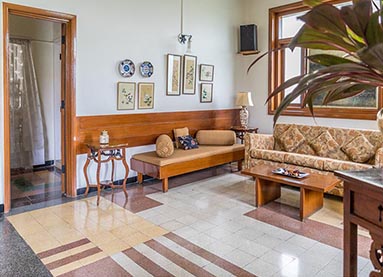 09Deco GlitzSee for yourself the most chic art deco flooring schemes created by Bharat, which were all the rage in the Bombay design circles of the 1930s! Who knows, you may be inspired too?!Read More
09Deco GlitzSee for yourself the most chic art deco flooring schemes created by Bharat, which were all the rage in the Bombay design circles of the 1930s! Who knows, you may be inspired too?!Read More -
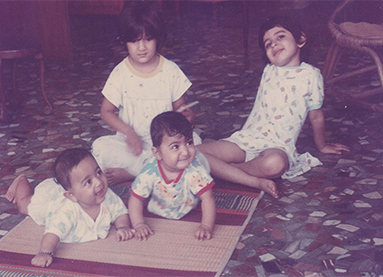 11My Home Series: The Games we played by Malvika BhatiaIn this inaugural My Home story, this is a tale of how the tiles in Malvika Bhatia’s home in Keval Mahal, have served as a playground through all of her childhood for the games played with cousins. As Malvika says “You don’t need a Playstation to keep yourself entertained if you have a Bharat Floor”.Read More
11My Home Series: The Games we played by Malvika BhatiaIn this inaugural My Home story, this is a tale of how the tiles in Malvika Bhatia’s home in Keval Mahal, have served as a playground through all of her childhood for the games played with cousins. As Malvika says “You don’t need a Playstation to keep yourself entertained if you have a Bharat Floor”.Read More -
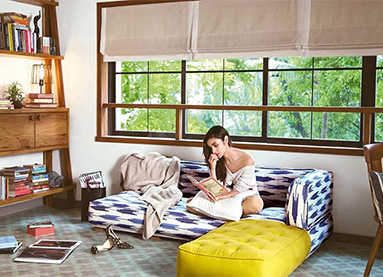 12Those who walked on a Bharat FloorA former US president? The King of Pop? A cricketing legend?! See our list of whos been walking on Bharat's floor!Read More
12Those who walked on a Bharat FloorA former US president? The King of Pop? A cricketing legend?! See our list of whos been walking on Bharat's floor!Read More


